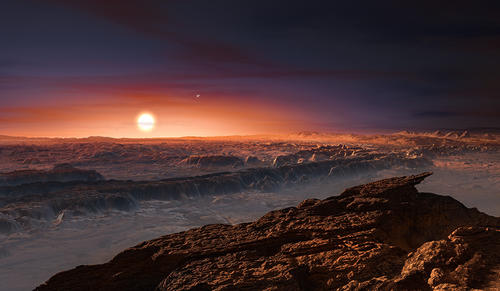
Yale geophysicists reported that Earth’s ever-shifting, underground network of tectonic plates was firmly in place more than 4 billion years ago — at least a billion years earlier than scientists generally thought.
Tectonic plates are large slabs of rock embedded in the Earth’s crust and upper mantle, the next layer down. The interactions of these plates shape all modern land masses and influence the major features of planetary geology — from earthquakes and volcanoes to the emergence of continents.
“Understanding when plate tectonics started on Earth has long been a fundamentally difficult problem,” said Jun Korenaga, a professor of earth and planetary sciences in Yale’s Faculty of Arts and Sciences and senior author of the new study, published in Science Advances. “As we go back deeper in time, we have fewer geological records.”
One promising proxy for determining if tectonic plates were operational is the growth of continents, Korenaga said. This is because the only way to build up a continent-sized chunk of land is for surrounding surface rock to keep sinking deeply over a long period — a process called subduction that is possible only through plate tectonics.
In the new study, Korenaga and Yale graduate student Meng Guo found evidence of continental growth starting as early as 4.4 billion years ago. They devised a geochemical simulation of the early Earth based on the element argon — an inert gas that land masses emit into the atmosphere. Argon is too heavy to escape Earth’s gravity, so it remains in the atmosphere like a geochemical ledger.
“Because of the peculiar characteristics of argon, we can deduce what has happened to the solid Earth by studying this atmospheric argon,” Korenaga said. “This makes it an excellent bookkeeper of ancient events.”
Most of the argon in Earth’s atmosphere is 40Ar — a product of the radioactive decay of 40K (potassium), which is found in the crust and mantle of continents. The researchers said their model looked at the atmospheric argon that has gradually accumulated over the history of the planet to determine the age of continental growth.
Part of the challenge in creating their simulation, the researchers said, was incorporating the effects of a geological process called “crustal recycling.” This refers to the cycle by which continental crust builds up, then is eroded into sediments, and eventually carried back underground by tectonic plate movements — until the cycle renews itself.
The simulation thus had to account for argon gas emissions that were not part of continental growth.
“The making of continental crust is not a one-way process,” Korenaga said.
A grant from the National Science Foundation supported the research.